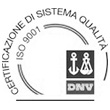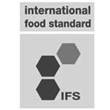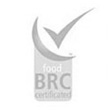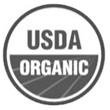Sage
(Salvia officinalis))
Sage – Ingl., Salbei – Ted., Sauge – Fr, Salvia – Sp., Шалфей - Russ.
Sage belongs to the Labiatae family like oregano and grows wild in Mediterranean countries and southern Europe; it is often cultivated for its use as aromatic herb, but also for therapeutic purposes. Until the ’60s and ’70s sage was harvested in Italy, and exported all over the world. Now the world’s largest producer is Turkey, with wide cultivations, followed by Albania, where wild harvest is still prevailing.
whole leaf sage, salvia T/V, sage powder, originally from Turkey or Albania.
Food Composition
Sage contains essential oil, saponins, flavonoids and organic acid.
Its main constituents are essential oil thujone, terpenes, tannins, malic acid and camphor.
Culinary Use
Sage leaves are used to flavor sauces, roast meats and stews, fish, vegetables, pickles. Its whole leaves can also be batter-fried.
Healing Effect
Sage is a homeopathic remedy: it has stimulant, anti-bacterial, anti-stress, digestive, antispasmodic, anti-perspiration, hypoglycemic properties.
The sage tea is used as an expectorant for bronchitis and other respiratory ailments, digestion, and for tiredness in general.
Gargling with sage tea soothes tonsillitis, inflammation of throat and mouth, stomatitis and gingivitis.
The essential oil of sage has a toning, astringent effect on face skin.
Preservation
The dried leaves of sage are stored in a cool, ventilated, poorly lit and dry place.





